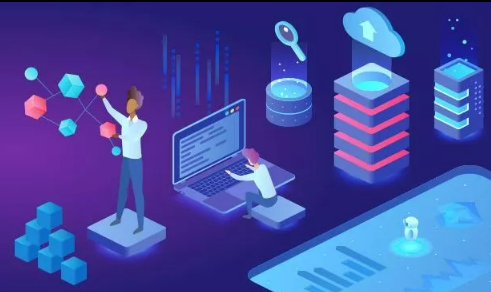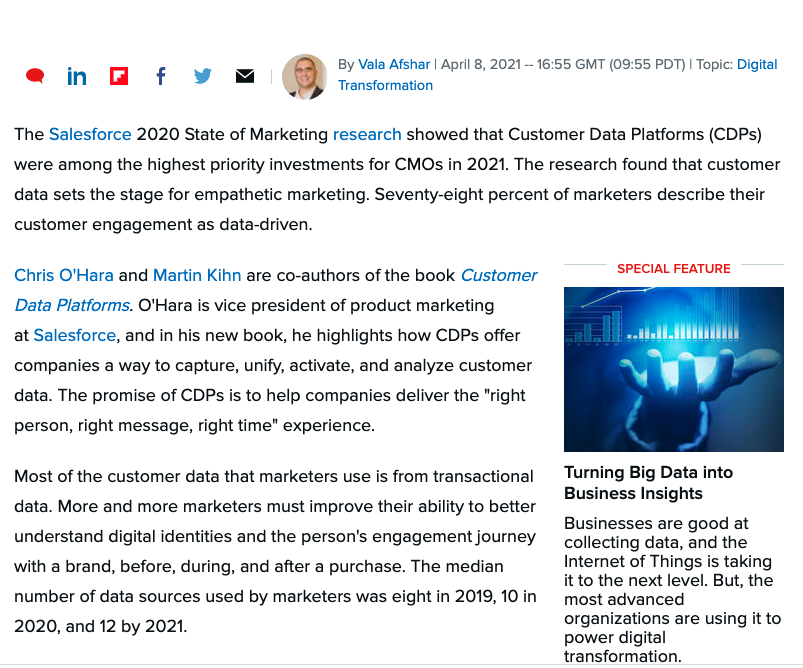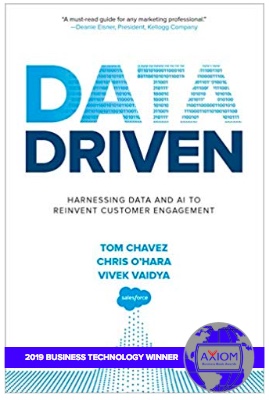Moving from next-best-action to next-best-dollar requires richer data, actionable intelligence, and pervasive automation

As Heraclitus reminds us, “No man ever steps in the same river twice, for it’s not the same river and he’s not the same man.” This is arguably even more true since Heraclitus uttered the phrase, given the rapid and abrupt changes we have seen in the world lately and their impact on global business. The global pandemic humbled many retailers that were slow to adopt to digital, as digital-only interactions grew to 72% in a short period of time. Suddenly, “buy online, pick up in store” wasn’t just a nice-to-have convenience feature for customers – it was a requirement for doing business in the height of the pandemic.
Did anyone predict the how rapid and dramatic the rise in global inflation would be? Businesses across the world had to radically alter their pricing and delivery models; as input costs rose, global supply chains tightened – all while consumers were tightening their own belts due to the corresponding rise in prices.
The framework for managing through this is broadly called “enterprise agility,” or an organization’s ability to quickly adapt to market changes. Do you work in an agile business? If you are not sure, think of how well your company would do if your cost of goods surged by 25% in a single month, or how you would react if one of your key markets closed overnight due to a geopolitical conflict, or if the government’s response to a pandemic shut down your business. Of course, all of this has happened recently, and many businesses discovered just how agile they really are.
Amid rapid change, marketing always seems to lead the way. Whether it’s figuring out how to message a price increase to customers, changing a product roll out based on regional market changes, or reacting to the sudden unavailability of a product based on a supply chain shortage, companies need to account for how their customers will react to change, and manage customer experience delivery as appropriate. Product, Sales, and Marketing are the three-legged stool in most organizations – and only one can move fast enough to react immediately to crisis. Changing and introducing new products is time consuming. Changing a sales organization that has been trained, hired, and has set annual targets can’t happen overnight. What can change? Marketing budgets, campaigns, website messaging, webinar content, search keywords, etc. Marketing is the only part of the organization that can turn on a dime.
When times change, and the CEO picks up the bat phone, he’s calling the CMO first. So, what does the agile marketing organization require?
Let’s take an example: A popular outdoor retailer runs a promotion for a new hiking shoe that is a “collab” with a trendy brand — and it goes viral. Suddenly, a sneakerheads worldwide go crazy and start buying. This company, used to a steady and reliable seasonal buyer, is now flooded with orders, running out of stock, and confronting a flood of new customers. While most brands beg for such a moment, it is the ultimate test of business agility, and a critical moment in time. You can win lots of new loyalists – or quickly become a flash in the pan.
What are the three foundational elements needed to succeed?
Data
It starts, of course with customer data management. First, you need the scaled ability to capture first party data with consent. Every new sneakerhead coming to the website and mobile app must be encouraged to authenticate and start engaging with the brand. This involves offering a give-to-get for new customers (free shipping on orders, or a discount) and, more importantly, a scaled mechanism to capture that user’s permission to message her in the future. The experience must be seamless and explicit, as well as completely transparent.
For returning customers, you must have the ability to unify everything you know about them on the surface (SKUs viewed, lifetime value for commerce, loyalty points and status) but also go a level deeper. What is the true value of a customer? How many times do they return an item, and by what method so they return items? How often are they willing to pay full price? This data is only accessible by connecting the backend (financial ledger and supply chain) data to the profile. With a limited amount of a new item, you want to sell out – but you also want to reward your most loyal and truly valuable customers. This uplift is only possible by connecting the backend of business data to the frontend of customer engagement – call it ERP to CDP.
Intelligence
If a company has managed to create a unified data model across the systems I described above, and has, using data science, created models that can predict true customer value, and is able react to changes in behavior and market conditions – you still need to scale intelligence. In other words, given the above requirements, every customer cannot be evaluated individually, and every decision cannot live with a data science team. How strong is your organization’s ability to implement a machine learning framework that updates customer segments based on new information? In the background, ML models need to be continually tuned to changes in engagement across channels, understand how pricing and availability for specific products change behavior, and overlap segments to understand how different buyers of the same product react to campaigns, creatives, and different outlets for marketing and advertising. Lifetime value scores need to be calculated against ever-changing baselines – LTV can change based on product and customer mix over time, making yesterdays big spenders tomorrow’s regular shoppers. Going beyond marketing and advertising, what type of intelligence is required to create success in the call center, or an ecommerce site, or a sales call? Models are only as valuable as their ability to create value in the endpoint of a specific application.
Automation
After intelligence comes automation. How do you action the insights you have aggregated? Low value customers need to be suppressed from the campaign for the popular shoes. When a certain colorway or size becomes unavailable, customers with those preferences must also be suppressed – or encouraged to pre-order. Customers who are the most loyal need to be notified to “buy now” or invited to use their loyalty status to get placed in the front of the line. They need to be put into the call center queue first and, when they visit the website, have a one-click option for putting the right-sized shoes into their shopping cart, with their shipping preferences already pre-filled. When loyal customers come into the store and can’t find what they are looking for, the point-of-sale system must give the retail associate a next-best-offer or action that has a high probability of success. This is the new battleground in marketing – the ability to utilize intelligence at scale to render the right decision across both offline and online channels, in near-realtime.
At some point, every organization comes across a situation that tests their agility, and the customer experience team is often on the front lines. Your customer profiles need to get progressively richer, starting with marketing and advertising interactions, including cross-CRM data from sales, service, and commerce touchpoints – but also go deeper to leverage insights that can only be derived from the backend: ERP data. Intelligence must go beyond data science-provisioned models and scale with machine learning, such that the customer profiles can be frequently updated as lifetime value and propensity scores change based on realtime inputs. To adapt to a fast-moving market, driving that intelligence into the action surfaces of business must be as automated as possible.
This next phase of customer data management, that brings the backend of agile business process together with the frontend of customer engagement, is not about the next-best action or offer. It’s about finding the next-best dollar.
[This post originally appeared in The Future of Customer Engagement on 12 April 2022]







 Proud to announce that my book, Data Driven, has won the 2019 Silver medal for best Business Technology book!
Proud to announce that my book, Data Driven, has won the 2019 Silver medal for best Business Technology book!


